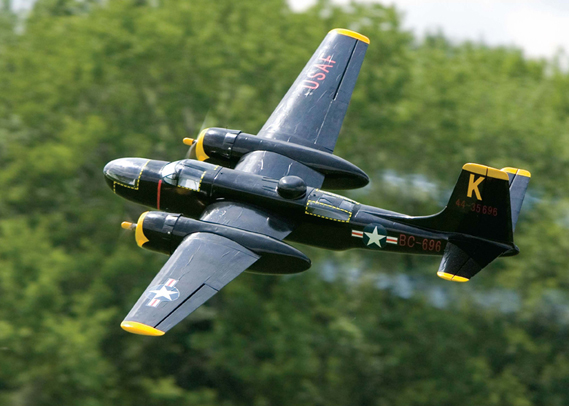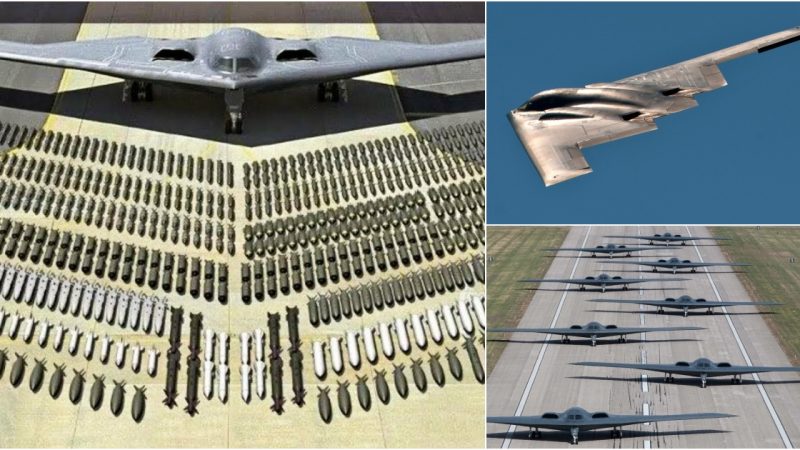The A-26 Invader: A Versatile Warplane
The A-26 Invader, an iconic aircraft in American military aviation history, took to the skies for the first time in July 1942. It followed in the footsteps of its predecessor, the Douglas A-20 Havoc, sharing similar roles and design layouts. The A-26 Invader, also known as the B-26, holds the unique distinction of having served in three major wars: World War II, the Korean War, and the Vietnam War.
This American bomber proved to be a resounding success, with over 2,500 units produced during its operational lifetime. Its versatility extended beyond traditional bombing missions; it could also function as an effective ground-attack aircraft, thanks to its adaptable armament options.
The early versions of the A-26 were produced in two main configurations. The A-26B, equipped with a distinctive gun-nose, could be armed with a combination of weaponry, including .50 caliber machine guns, 20 or 37mm auto cannons, or even an experimental 75mm pack howitzer. This “B” gun-nose version initially housed six, and later eight, .50 caliber machine guns, earning it the monikers “all-purpose nose,” “six-gun nose,” or “eight-gun nose.”
In contrast, the A-26C featured a transparent “Bombardier nose,” equipped with a Norden bombsight for precision bombing at medium altitudes. While the A-26C’s nose included two fixed M-2 guns, these were eventually removed in favor of underwing gun packs or internal wing-mounted guns, especially during cold weather operations.
The design of the A-26 Invader followed the typical pattern of light attack bombers of its era. Its streamlined fuselage housed the cockpit, bomb bay, and gun positions. A standard Invader crew consisted of three members: the pilot, navigator, and gunner, with the gunner operating dorsal and ventral gun turrets. The A-26C introduced a bombardier crewmember along with two nose-mounted 12.7mm machine guns.
What truly set the A-26 Invader apart was its remarkable firepower. It could carry between 4,000 and 8,000 pounds of internal and external ordnance, including drop bombs or 8 to 14 5-inch rockets. In some cases, the Invader could even carry a heavier bomb load than the larger Boeing B-17 Flying Fortress.
Upon its delivery in August 1943, the A-26 quickly claimed the title of the fastest American bomber of World War II. It saw extensive action on both the European and Pacific fronts, performing a variety of roles throughout the conflict. Many A-26 Invaders continued their service post-war under the United States Strategic Air Command and Tactical Air Command.
In 1950, as the Korean War erupted, the A-26 Invader, now designated as the B-26, was among the first aircraft deployed against the enemy. It remained in active service until the end of hostilities in 1953, primarily used for night missions. Eventually, in 1954, it was phased out of the active Air Force inventory.
The A-26 Invader’s enduring legacy lies not only in its combat prowess but also in its adaptability and versatility. It remains a testament to the ingenuity and engineering excellence of its time, forever etched in the annals of aviation history.











